Mark making is a critical milestone in early childhood development, often seen as the precursor to writing. From creating patterns in the sand to painting vibrant strokes with a brush, these early marks pave the way for foundational skills in literacy, creativity, and beyond. But what makes mark making so vital, and how can parents and educators support this natural developmental stage?
Let’s delve into the benefits of mark making, this includes:
- What Is Mark Making
- The Connections Between Mark Making and Writing
- Benefits of Mark Making
- How To Support Mark Making
- Mark Making At Home
- Mark Making At Fennies
What Is Mark Making?
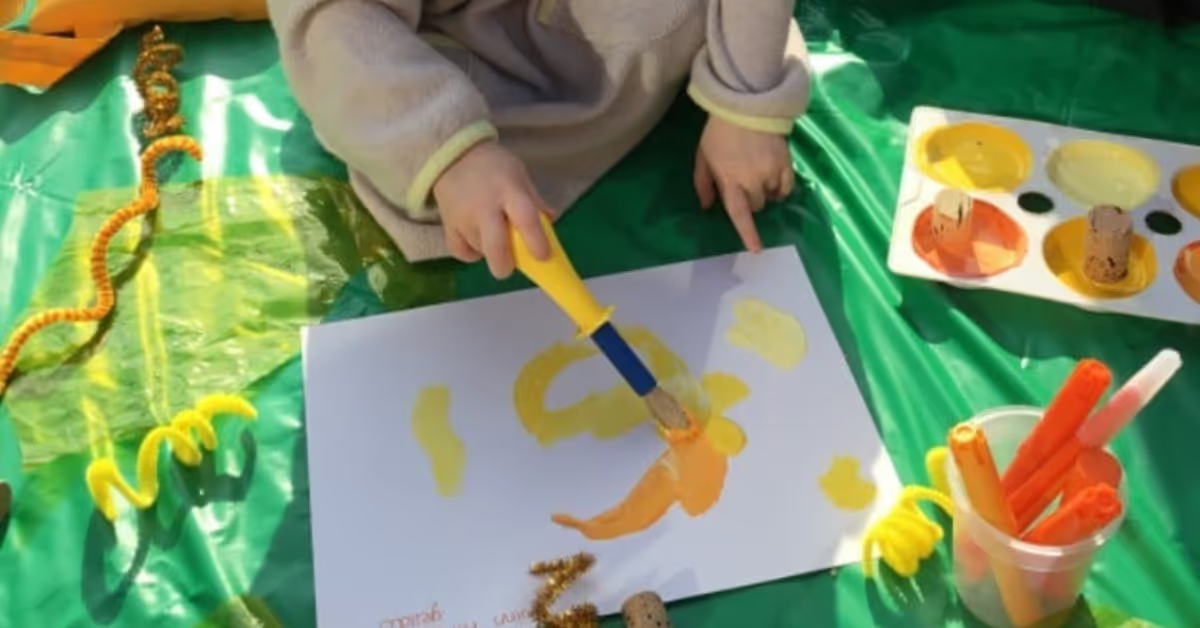
Mark making refers to the various scribbles, patterns, and lines that children instinctively create using tools like crayons, sticks, or even their hands. Imagine a toddler dragging their finger through spilled food or a child using a twig to draw squiggles in the mud. These simple, unstructured activities are more than just messy play; they represent the first steps toward writing and drawing.
This process begins naturally during infancy and continues to develop as toddlers intentionally make marks, explore their environments and express themselves. These early markings are essential for:
- Physical Development - Strengthening muscles in the hands and arms.
- Cognitive Growth - Understanding cause and effect through movements.
- Creative Exploration - Expressing emotions and ideas through art.
Mark making is also deeply intuitive, making it important for parents and educators to recognise and encourage it as a stepping stone to more complex skills.
The Connection Between Mark Making and Writing
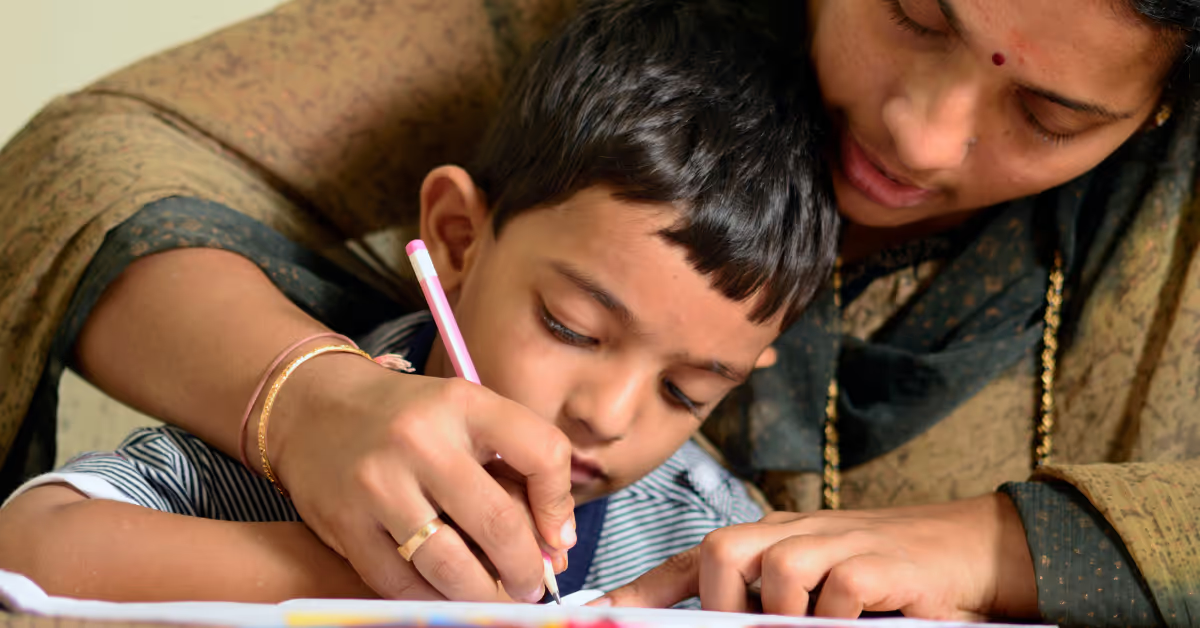
Mark making lays the groundwork for writing, offering children the chance to practice the physical movements required to hold and control a pen or pencil. While scribbling or drawing might seem simple, these actions engage motor skills and muscle coordination, both of which are vital for forming letters and words later on.
Encouraging children to make marks outdoors or on large surfaces supports their development in unique ways. Larger spaces allow for expansive, whole-arm movements that help build the muscle memory needed for writing. This process also nurtures the physical stamina required to sit and write for extended periods a key skill as children transition to school settings.
Top Benefits of Mark Making
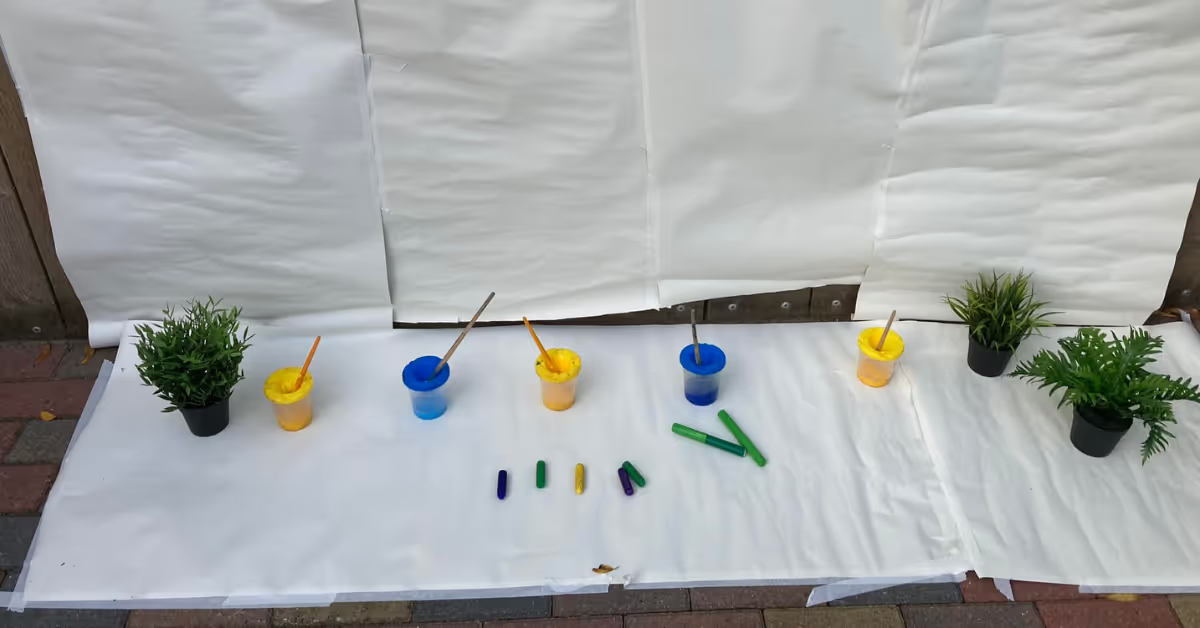
Enhances Physical Development
Mark making develops both fine and gross motor skills. Activities like gripping crayons or using brushes promote hand strength and precision, while large-scale movements with mops or rollers build arm coordination.
Boosts Creativity and Expression
Children use mark making as a tool to express their feelings and imagination. Whether they’re creating patterns or drawing objects, these early artworks allow them to communicate in a way that words cannot yet achieve.
Supports Early Math Skills
Simple marks like lines, shapes, and patterns help children understand mathematical concepts like symmetry, numbers, and spatial awareness. Over time, these skills translate into recognising and forming numbers and shapes.
Builds Confidence
When children see their marks as a meaningful creation, they develop a sense of accomplishment and confidence. This lays the foundation for a positive relationship with learning.
Ideas for Supporting Mark Making at Home and in Early Years Settings
While children naturally gravitate toward mark making, providing them with intentional opportunities and a supportive environment can significantly enhance their holistic development. Whether you’re a parent at home or an Early Years Educator, these practical tips and creative ideas will help you foster this important stage in a child’s learning journey.
Outdoor mark making is a fantastic way to combine creativity with gross motor skill development. Ruth, our Education Advisor, shares:
“Vary the venue, texture, size of surfaces, and tools for mark making. This transforms an intuitive activity into an exciting experience children can enjoy and learn from.”
Activity Ideas:
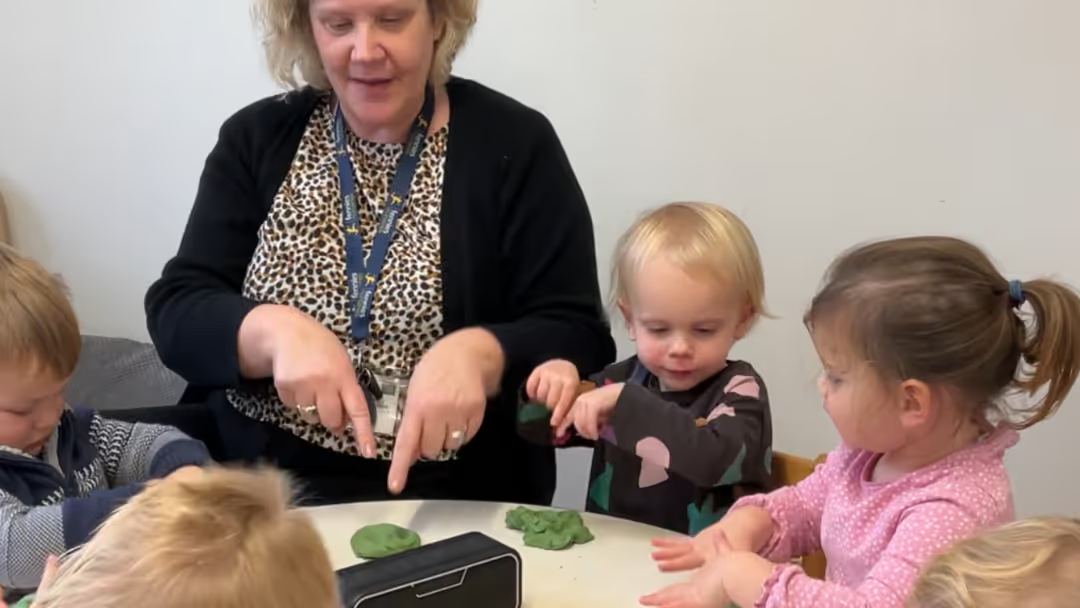
- Water Painting: Hand children a paintbrush and a bucket of water to “paint” on walls, fences, or patios.
- Chalk Creations: Pavements and blackboards provide excellent surfaces for colourful chalk drawings.
- Nature-Inspired Art: Use sticks to draw in the dirt or leaves to stamp patterns onto paper.
Ruth also recommends using affordable lining paper as a versatile canvas that can be rolled out anywhere ideal for activities like bark rubbings, charcoal sketches, and printmaking. These outdoor adventures not only inspire creativity but also provide children with sensory-rich experiences.
Majka, our Art Specialist, further emphasises this point:
“Large surfaces give children room to spread out, experiment, explore, and collaborate. Using tools like charcoal, chalk, or paint encourages diverse creative expressions.”
Provide a Variety of Tools
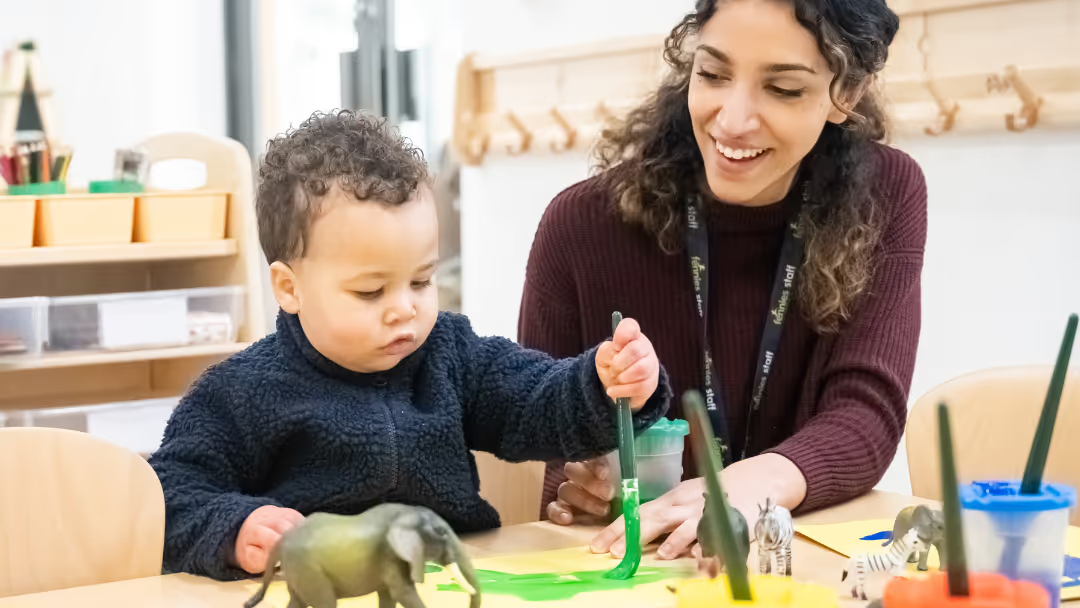
Children’s interests and comfort levels with mark making tools can vary, so offering diverse materials ensures that every child finds something engaging. Keep the activities fresh by introducing new tools and textures regularly.
- Traditional Options: Crayons, markers, pencils, and chalk.
- Unconventional Tools: Mops, sponges, cotton buds, and rollers for larger, dramatic strokes.
- Natural Materials: Sticks, feathers, and even fingers can be great for tactile exploration.
By expanding their toolbox, you’ll encourage children to experiment and discover their preferences, fostering a sense of independence and creativity.
Supporting the Transition From Mark Making to Writing
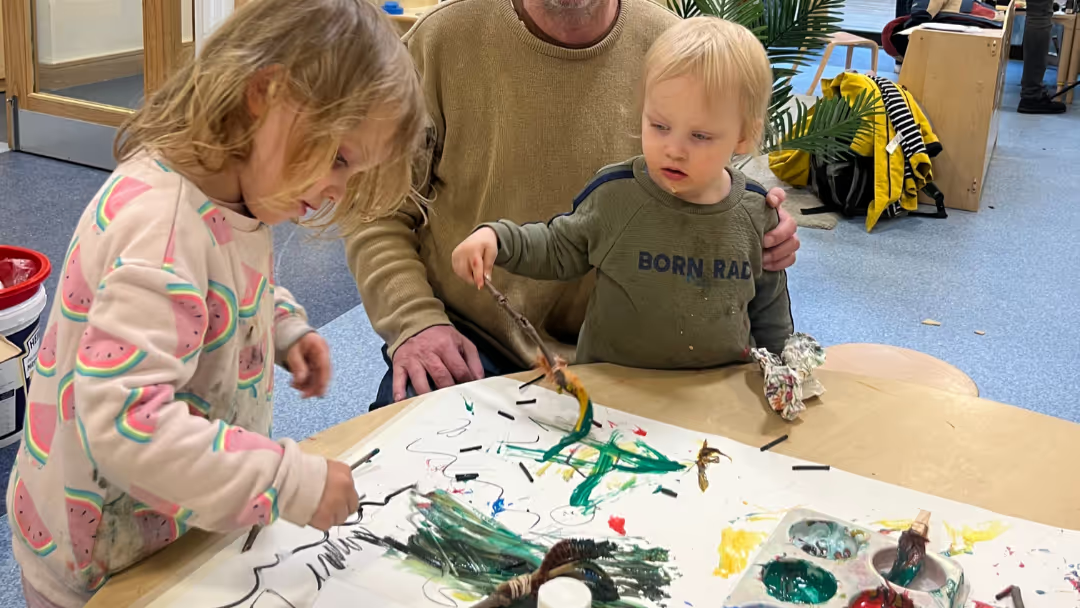
Mark making is more than just the beginning of a child’s creative journey it’s the first step toward mastering writing and communication. Supporting this transition with patience and intentional activities is key to fostering their confidence and development.
- Playdough fun - Rolling, pinching, and shaping dough strengthens hand muscles.
- Threading beads - Stringing pasta or beads enhances dexterity and coordination.
- Using tongs - Picking up small items helps refine pincer grip.
Majka adds:
“Encouraging creativity and exploration through mark making helps children express themselves and build vital early skills, setting the stage for writing and literacy.”
Supporting Children at Their Own Pace
Each child’s journey toward writing is unique, and it’s important to respect their individual pace. Offering frequent, pressure-free opportunities to make marks allows children to naturally progress and builds their confidence.
How Fennies Supports Mark Making
At Fennies, we embrace the importance of mark making as a vital part of early childhood development. Our nurseries provide carefully curated environments that inspire exploration, creativity, and learning. With resources designed to encourage experimentation, and expert educators like Ruth and Majka guiding the way, we ensure every child receives individualised support to develop confidence and skills.
If you’re inspired to join a team that nurtures little minds, check out our career opportunities, or book a nursery tour to see how we help children thrive every day!
FAQ
Subscribe to our newsletter
Stay up to date with Fennies news


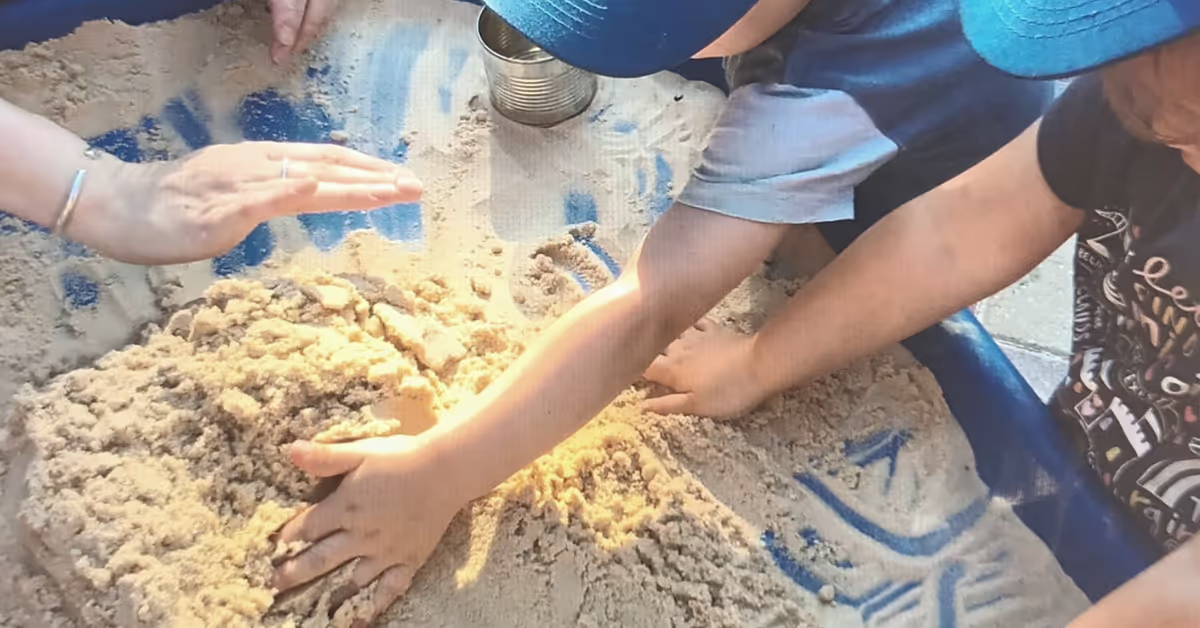


.png)



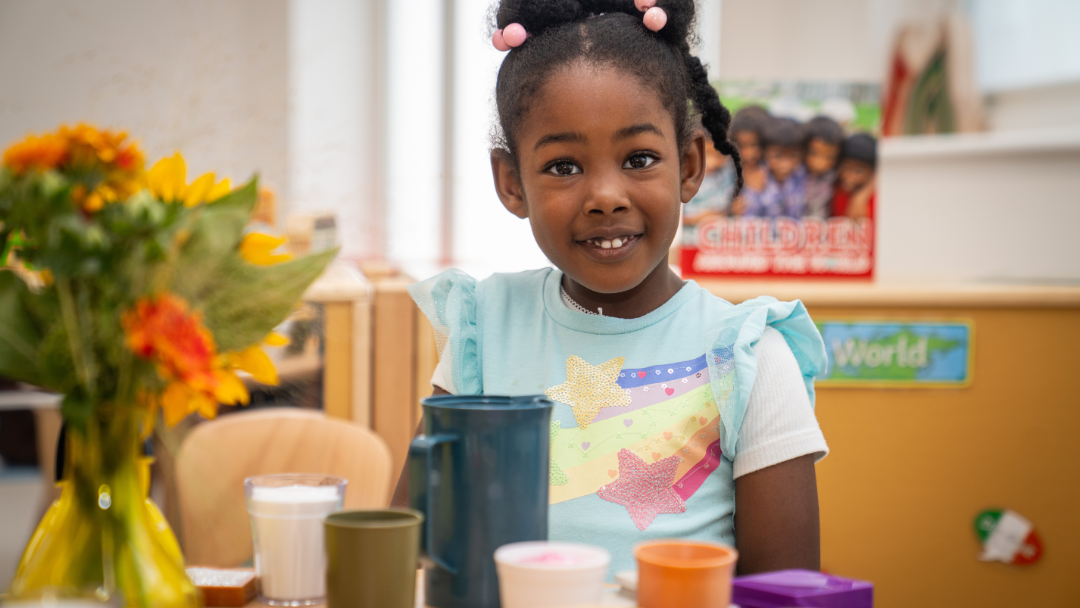
.png)